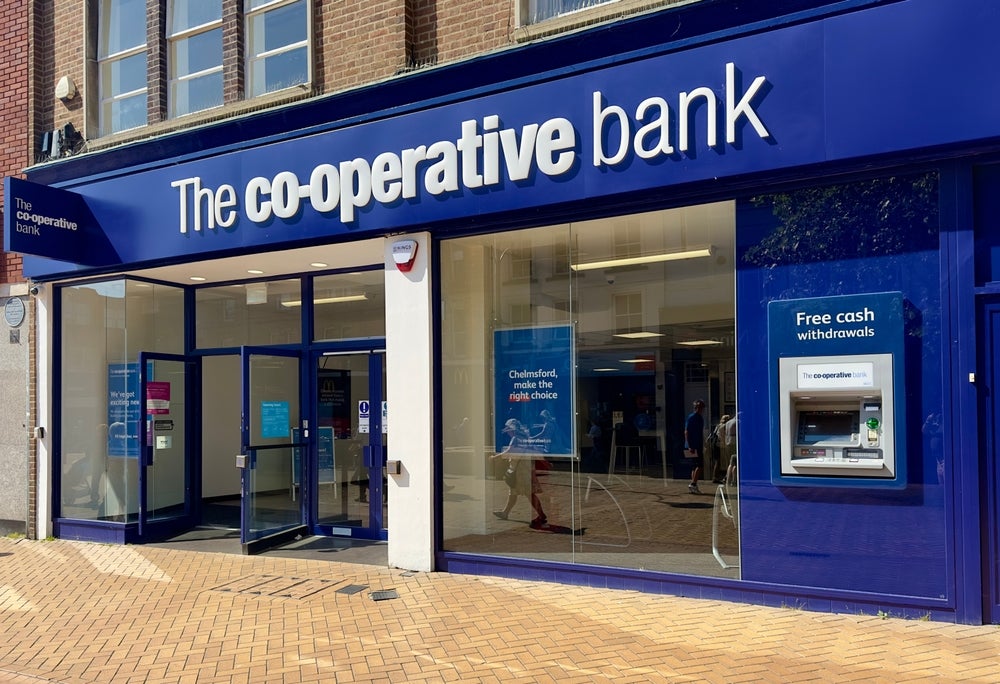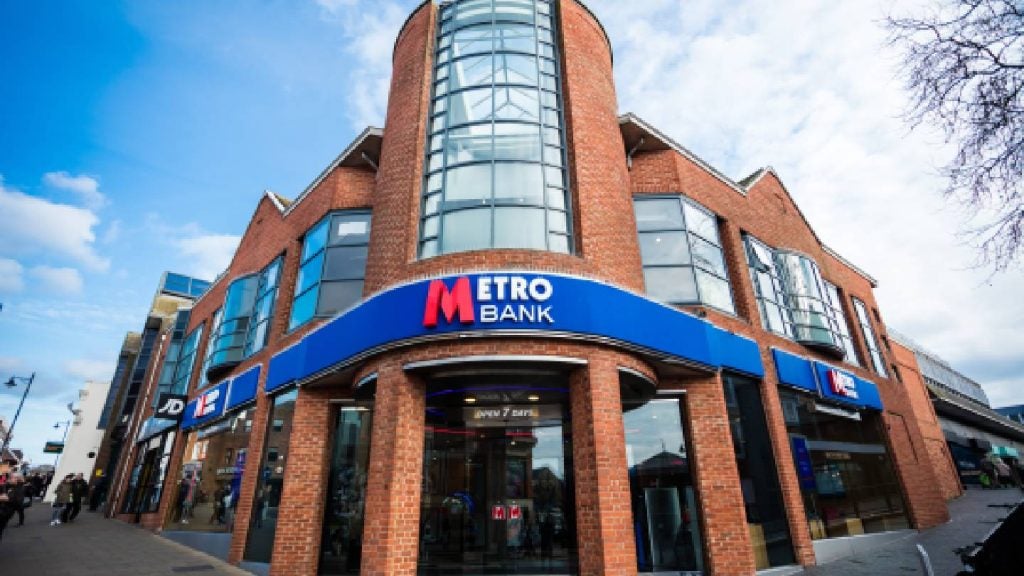Many banks are struggling to sustain growth and return to pre-crisis profit levels. As the next decade doesn’t look to be any easier, full-service North American banks could lose about 35% of their market share by 2020, according to Accenture. Valentina Romeo looks closer at the report
There are more than 500 traditional full-service banks today with more than $1bn in assets, comprising 85% of the current market space.

Access deeper industry intelligence
Experience unmatched clarity with a single platform that combines unique data, AI, and human expertise.
Given the increasing competitiveness in the US banking market, it is critical for these traditional full-service banks to proactively decide how best orientating their businesses to keep up with competitors and demanding customers’ choices.
According to Accenture’s report, Banking 2020, more than one third of US traditional banks could be up for grabs by 2020, as traditional branch banking gives way to digital banking and new competition emerges.
The report found that even banks partnering with new entrants, such as Google, Apple, or Amazon or to "adopters" -players adopting new business models, could find themselves on extremely challenging pathways.
In this outlook, regulation plays a crucial part. The report said new rules for US banks will increase capital requirements and cost the average bank with a 2.5 – 3.5% in pre-tax return on equity (RoE).

US Tariffs are shifting - will you react or anticipate?
Don’t let policy changes catch you off guard. Stay proactive with real-time data and expert analysis.
By GlobalDataWith also the Federal Reserve aiming to keep benchmark interest rates at historically low levels, the report predicted that, once regulated, most of the new entrants may not survive.
Consequently, consolidation will continue to play out between now and 2020, by which point Accenture estimated that 15 to 25% of today’s roughly 7,000 North American financial institutions could be gone.
However the future may appear a grim field, the report sees the banking sector in 2020 as ‘a land of opportunity’ and outlines a series of strategy enablers to help full-service banks ‘trim their sails to better adjust to emerging headwinds’.
First of all, banks that can match the agility and innovation potential of other industries could consistently reap pre-tax RoE levels as high as 18-25% by 2020, the report suggested. These figures would represent a huge jump over the average 11% Pre-Tax RoE the largest banks in North America managed at the end of 2012.
The big online shift
With digital banking becoming essential, US consumers confirmed online banking as the single most important area in which banks should invest and develop.
When asked to customers, 43% of them said their primary bank should invest in online banking, and only 38% of them said branches are still important. Meanwhile, the report said mobile banking activity has increased nearly 50% since 2012, with 32% of US consumers now doing mobile banking at least once a month.
"Digital technology and rapid changes in customer preferences are threatening full-service banks that do business primarily through branches," said Wayne Busch, managing director of Accenture’s North America banking practice.
"Given the scale of these disruptions, traditional full-service banks, as a group, could lose significant market share by 2020 to banks that reorient around digital technologies and to new entrants from the retail and technology sectors. Our research shows signs of this already occurring," he commented.
Accenture’s market analysis estimated that by 2020 a 15% of traditional banks’ revenues could shift to online-only players, including branchless banks and new technology entrants. Accenture also reported that another 20% could shift to retail-driven players with a mass-market focus.
Furthermore, technology tools, such as tablets and smart phones, and greater transparency regarding pricing and services are empowering customers like never before, the report pointed out.
One example is social media, a tool that is changing the way people buy and sell and that is becoming one of the official standards in the industry. Here, advice doesn’t come from traditional bank supports, but from the online community made up by friends and other financial services providers. The aim for banks is to embrace this trend and place it at the heart of their strategies.
Three steps to make the change
In order to proceed more efficiently and be prepared in 2020, traditional banks are invited to change their approach towards digitalisation, internal management and customer care.
According to the report, banks need to optimise and simplify their business to drive efficiency across the organization. For example, they are eliminating redundancies, improving processes and technologies across business units, products, and operations, and managing regulatory requirements more effectively.
To make this possible, traditional banks should be agile, and not merely for digital implementation.
As an example, banks should transform their IT platform to improve back office operations, and empower an analytically driven front office.
In conclusion, the highest performing banks in 2020 will also differentiate through continuous innovation. Many North American banks currently innovate, but not on a consistent basis across the organization, the report said.
A model proposal
Considering all those starting points, the report proposed three new business models that will definitely emerge to help the banks’s market share move away from traditional and cope with new trends.
The first business model in 2020 is a Niche Digital Provider, meaning a highly agile bank that offers extremely specialised products at scale.
These players will have a flexible infrastructure and a strong emphasis on social media and mobile technology. However, while there are clear opportunities in this model, Accenture estimated that it will be limited to a few dozen providers by 2020.
The second business model option is a Digital, Full-Service Bank, meaning highly agile institutions that rely on technological solutions to deliver a range of products. These banks will compete on the digital experience they can offer to customers also offering a broad product set with some depth, similar to the products provided by traditional banks today.
Big Box Banks is the third new business model in 2020, a kind of bank competing largely on price and offering commodity products to mass-market customers.
As with the Digital, Full-Service Bank, these players can also be existing banks or new entrants, such as large retailers. In both cases, they will have the benefit of immediate market share and low pricing across a range of products, making them appealing to existing customers.
However, as the report showed, only a few of today’s full-service traditional providers will actually manage to fully implement these new models, as costs are high, and for some of them the ties with their institutional heritage will be difficult to alter. Furthermore, the report suggested that traditional full-service banks can still succeed within their current business model, but they will have to revamp their operations to become more digital, truly customer-driven, and ‘omnichannel’.
Whether making these changes will happen or not, the emphasis is on how fast banks will actually make the move.







